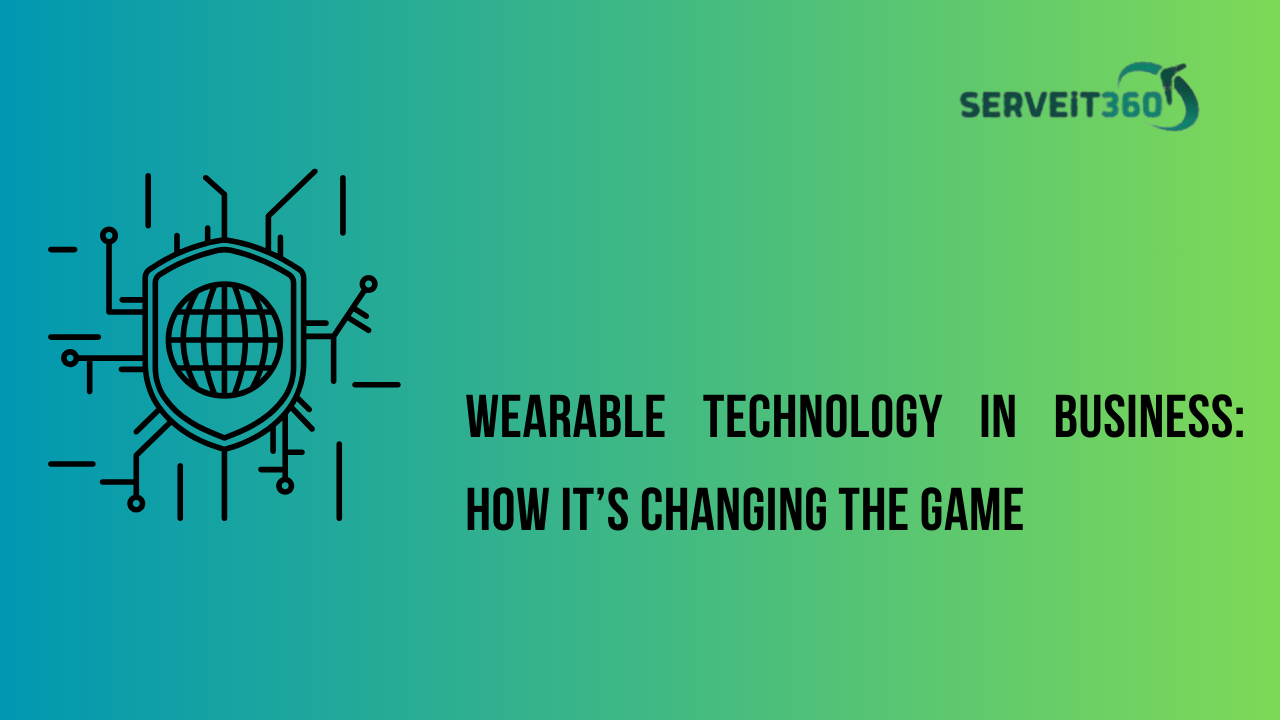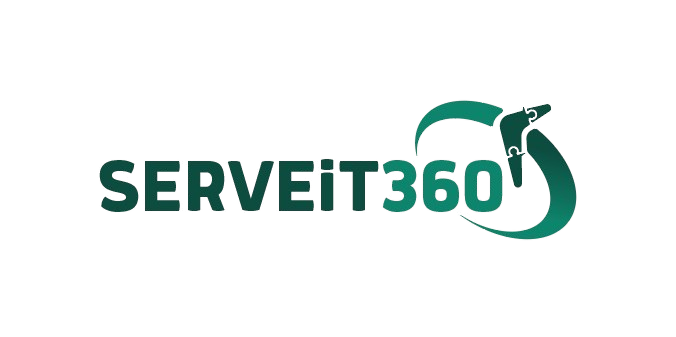Envision this scenario: You enter your workplace, and your smartwatch has seamlessly synchronized with your professional agenda. Your augmented reality glasses present your task list while directing you through your initial assignment. It may seem like a scene from a science fiction film, but wearable technology is turning this vision into reality, with businesses harnessing its remarkable capabilities.
Wearable technology has evolved beyond merely monitoring physical activity or heart rates; it is now transforming workplaces across various sectors. Whether in logistics, retail, healthcare, or construction, these intelligent devices are boosting productivity, enhancing safety, and redefining work processes. Let us explore the realm of wearable technology and examine its significant impact on contemporary business practices.
Why Wearable Tech is More Than Just a Gadget
The Significance of Wearable Technology Beyond a Simple Gadget
Initially, wearables were perceived as trendy personal devices—smartwatches, fitness trackers, and augmented reality glasses. However, organizations soon recognized their broader potential. Today, companies are utilizing these devices for purposes ranging from increasing operational efficiency to safeguarding employee well-being. Below is an overview of how various industries are reaping the benefits:
| Industry | How Wearables Are Used |
| Logistics & Warehousing | Smart gloves & AR glasses speed up inventory tracking. |
| Healthcare | Wearable monitors track patient vitals in real time. |
| Construction | Smart helmets detect worker fatigue and alert supervisors. |
| Retail | Smartwatches enhance customer service and streamline payments. |
Now that we see where wearables fit in, let’s break down their biggest benefits.
Enhancing Productivity: Optimize Your Efforts
Consider a warehouse employee who can minimize the time spent on manual inventory scanning and instead focus on completing tasks more effectively. This is the advantage offered by smart wearables. Smart gloves equipped with integrated scanners significantly decrease processing times, while augmented reality glasses deliver real-time information, allowing workers to avoid the hassle of handling paperwork.
Take DHL as a case study. They adopted smart glasses in their warehouses, resulting in a remarkable 15% increase in productivity. Employees were able to view picking instructions directly in their line of sight, which removed the necessity to consult handheld devices. This straightforward innovation has proven to be transformative.
Prioritizing Workplace Safety: Safety is Paramount
Workplace accidents incur substantial costs—not only financially but also in terms of human lives. Wearable technology is addressing this issue, particularly in high-risk sectors.
Practical Application: Smart Helmets in the Construction Industry
Construction sites present numerous hazards, with fatigue being a significant factor in accidents. Smart helmets have emerged as a solution. These helmets are equipped with biometric sensors that monitor a worker’s vital signs. If they detect symptoms of fatigue or overheating, they notify both the worker and their supervisor. A construction company in New York implemented this technology, leading to a 25% reduction in workplace injuries within a year. This is a significant achievement!
In similar fashion, the mining and oil industries utilize wearables to monitor gas levels and environmental conditions, helping to avert potential disasters. A small device can indeed make a life-saving impact.
Health and Wellness: Content Employees, Enhanced Business Performance
It is widely recognized that a healthy employee contributes to a productive workplace. Consequently, organizations are investing in wearables that foster employee wellness.
Innovative Corporate Wellness Initiatives
Numerous companies are providing employees with fitness trackers as part of their wellness initiatives. These devices monitor physical activity, heart rate, and even stress levels. Employees who achieve wellness objectives may receive rewards such as health insurance discounts or bonuses.
BP (British Petroleum) has implemented a similar initiative, demonstrating the effectiveness of integrating technology into corporate wellness programs.
How Wearables Are Changing Training
| Industry | How Training is Enhanced |
| Healthcare | Surgeons use AR glasses to practice complex procedures. |
| Aviation | Pilots train using VR flight simulators. |
| Retail | Employees use AR to familiarize themselves with store layouts. |
Medical trainees now have the opportunity to refine their surgical skills in a virtual setting prior to performing procedures on actual patients. Similarly, pilots can engage in simulated emergency situations using virtual reality before entering a real cockpit. This approach emphasizes experiential learning while mitigating associated risks.
Transforming Customer Service and Retail
In the current market, customers demand prompt and tailored service. Wearable technology is enabling businesses to fulfill these demands effectively.
In the retail sector, for instance, employees equipped with smartwatches can receive immediate notifications regarding inventory levels, promotional offers, and customer preferences. This capability allows them to assist shoppers more effectively, enhancing the overall shopping experience.
High-end brands are already utilizing augmented reality glasses to showcase customer purchase histories, thereby personalizing interactions. When a customer enters the store, the salesperson is already informed about their size, previous purchases, and favored styles—truly an elevated level of service!
Challenges: Navigating the Obstacles
However, the integration of technology is not without its challenges. Businesses contemplating the use of wearable devices must address several issues:
- Data Privacy and Security: The extensive data collected by wearables necessitates robust protection against potential breaches.
- Employee Acceptance: Not all employees may feel comfortable with being monitored. Companies must prioritize transparency and address any concerns.
- Implementation Costs: Although wearables can lead to long-term savings, the initial costs can be substantial.
What Lies Ahead for Wearable Technology in Business?
The prospects for wearable technology are promising. Anticipated developments include:
- AI-driven wearables capable of forecasting potential health risks for employees.
- 5G connectivity facilitating instantaneous and seamless data exchange.
- Wearable payment systems that enable quicker transactions in retail and hospitality sectors.
Organizations that adopt these advancements will maintain a competitive edge. The pertinent question is not whether wearable technology is beneficial, but rather how swiftly companies can integrate it.
Final Reflections: The Era of Wearable Technology Has Arrived
We stand on the brink of a significant advancement. Wearable technology transcends mere trend status; it serves as a revolutionary instrument that is redefining the workplace landscape. From enhancing operational efficiency to ensuring employee safety and elevating customer interactions, these intelligent devices are poised for permanence in our professional environments.
Thus, if you are a business owner or a key decision-maker, consider this: In what ways can wearable technology contribute to the success of my organization? Those who choose to invest in this innovation today will emerge as the frontrunners in their respective industries tomorrow.


